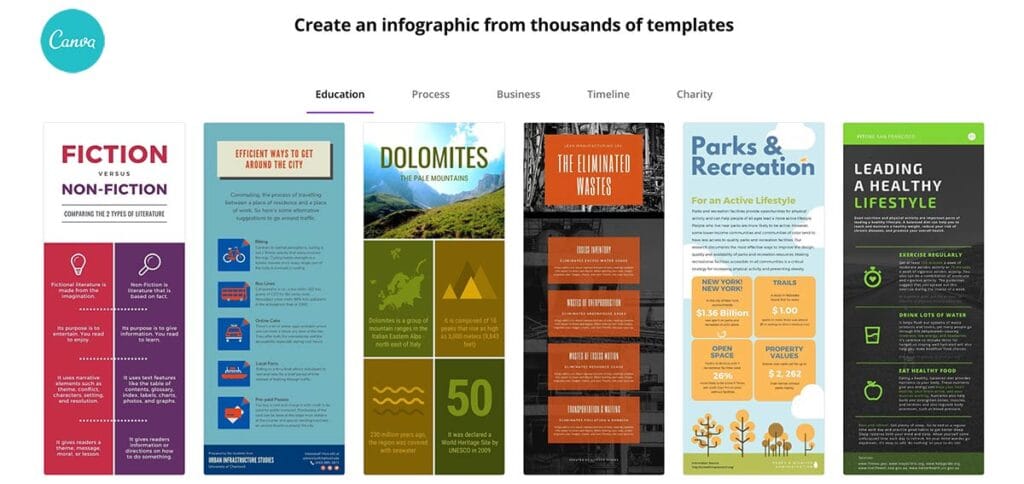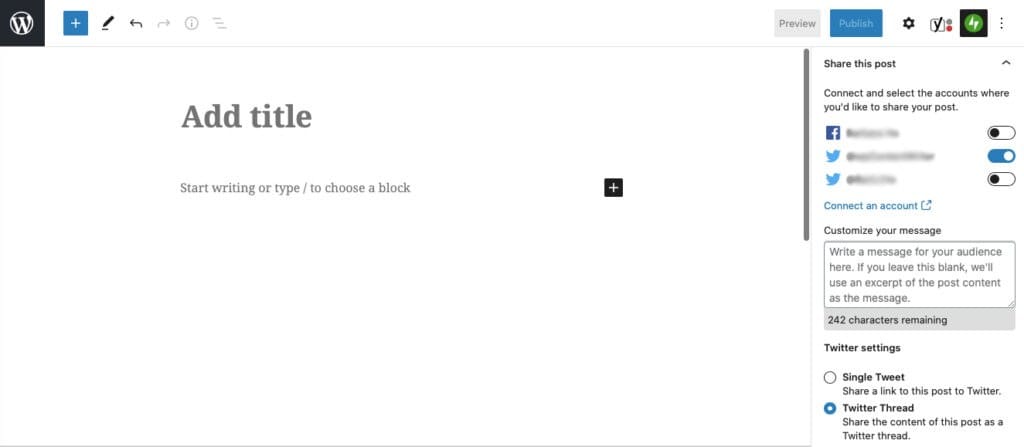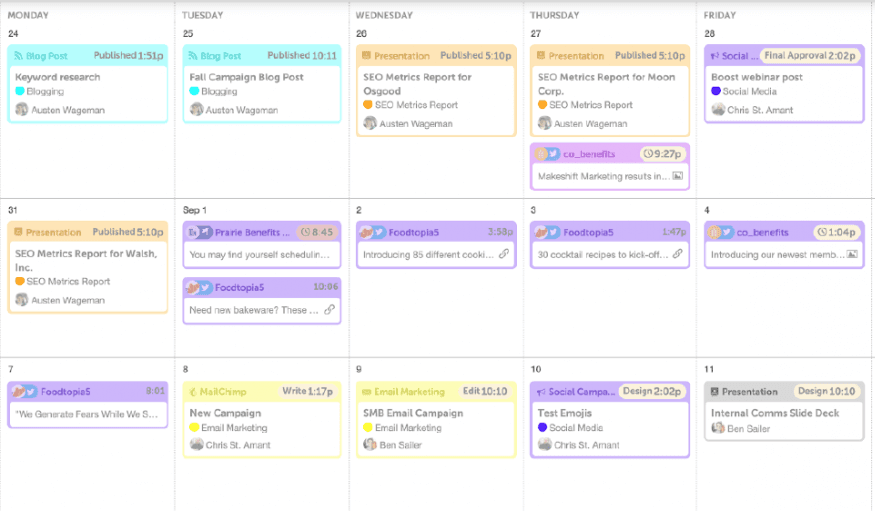4 Content Marketing Strategies You’ll Want to Try in 2021

Contents
Coming up with creative content ideas can be a challenge, especially when you publish frequently. If you factor in the constantly-evolving technology landscape and a culture hungry for more meaningful content, the demand can be downright draining. How do you stay on the leading edge with fresh and engaging content?
While there's no one right answer to that question, stacking your marketing toolbox with solid social media strategies will equip you with the right tools for the job. Although the world is in flux, these strategies will help you hone in on an audience-focused content plan.
In this article, we’ll discuss some smart content marketing strategies to consider in 2021. We’ll explore how developing technologies and a shifting culture impact how we connect, and offer some practical ideas for how you can stay relevant and be memorable. Let’s get started!
1. Educate and Empower Your Audience
First and foremost, you can use your content as a way to serve your community with generosity. That means educating and empowering them to find solutions and achieve their goals.
Statistics show that this type of educational content is a go-to tactic for content marketers. It includes:
- Presentations
- How-to articles
- Webinars
- How-to videos
- Infographics
Promoting these kinds of posts can help you snag new readers and remind your established audience of your value. By teaching audience members how to do things that matter – using your products – you can earn trust and establish authority in your niche.

To develop educational content that your audience finds useful, you can start by having more conversations. You want to answer the questions your community and target market are really asking. That means getting in touch with them directly (whether via surveys, contact forms, discussion boards, or some other method entirely).
2. Repurpose Content and Diversify
The pandemic forced us all to limit personal contact. As a result, we're connecting more online than ever before. This has changed the way we use the internet, maybe forever.
The web is evolving as the way we connect with each other – and technology – evolves around it. As people try new apps and migrate to other platforms, it's a good idea to try and establish a presence in those places too.
You can build and strengthen your audience by diversifying it. This means exploring new niches and social media platforms, and measuring your engagement levels there. It's fine to start small and increase your investment in channels that show promise.

As you diversify, you’ll be adding stability and sustainability to your platform. Plus, you don’t need to reinvent the wheel for each medium. Instead, consider taking the content you have and repurposing it for other channels, such as by:
- Turning your how-to articles into YouTube videos.
- Creating a Facebook Group and developing a webinar (or article series) based on the group’s conversations.
- Increasing Twitter engagement by converting your blog post into tweets. (The Jetpack plugin can do this for you automatically.)
You can maximize your time investment in this way, by squeezing all you can out of each piece of content you create. Just remember to optimize each piece for individual channels, to better reach different target audiences and avoid becoming repetitive.
3. Go Live With Video
The popularity of video is expected to keep growing this year. Live video in particular brings an element of interactivity and genuine connection between you and your viewers. Fortunately, Facebook, YouTube, Instagram, and other social media platforms have integrated live video tools to help you engage directly with your followers.
As a publisher, you can leverage live video to help establish your brand identity and serve your viewers with quality content. This also provides immediate information to your audience, and lets you get instant feedback – a goldmine that will help you create targeted content in the future.

Here are a few livestream content ideas to help you begin:
- Promote product launches: If you have a product rolling out, you can use a live video to create buzz and generate interest.
- Run a Facebook Q&A: You can schedule a live video and take questions on a specific topic.
- Create webinars: If you discover how to help your audience achieve a goal, you can build a practical webinar around the solution.
- Share stories on Instagram: These short videos will display at the top of followers' feeds to generate interest.
This is just the tip of the iceberg, so it's smart to be on the lookout for more ways you can integrate live content into your overall social media plan. The immediate feedback you get should inspire new ideas and keep your content on the leading edge.
4. Mix It Up With Long-Form and Short-Form Content
This strategy is similar to repurposing your content, but the focus here is on offering a wider variety of both long-form and short-form content. If you generally produce shorter articles, you can mix in some long-form deeper dives, or vice versa.
By mixing up your content lengths, you can engage your audience on different levels. If you generally write longer articles, short content can serve as a compressed nugget of information, or a fun (and relevant) diversion.
Conversely, if your mainstay is shorter content, a long-form piece on occasion offers an intensive look into a subject that interests your readers.
You can simply vary your content on the fly, but it helps to consider a regular schedule. You might publish a long-form article on the first Tuesday of the month. To add in a shorter content option, you could choose a quote from one of your favorite thought leaders and write a short article about it every Thursday.

Building in some consistency with these alternative lengths will help your content feel cohesive, and let your audience know what to expect. Some excellent long-form content ideas include:
- How-to guides with step-by-step instructions and screenshots
- Long-form articles on long-tail keywords
- PDF downloads that your audience can use as resources
- YouTube videos that help viewers learn or do something new
For short content ideas, try:
- Shorter, targeted articles that dispatch concise information
- TikTok videos that engage your audience in a fun way
- Instagram stories to quickly showcase a product or share a moment
- Email campaigns to educate your list and draw them to online content or products
As always, it’s good practice to track engagement on these pieces. If you see long or short content getting increased engagement, you'll be smart to exploit those opportunities.
Conclusion
Meeting the demand for creative content is no easy task. By nailing down a plan and putting smart content strategies in place, however, you can sustain (or increase) your publishing output, grow your audience, and expand your influence.
In this article, we shared a variety of smart content marketing strategies to consider this year. They include:
- Educate and empower your audience.
- Repurpose content and diversify.
- Go live with video.
- Mix it up with long-form and short-form content.
Do you have any questions about how to implement these content marketing strategies in 2021? Let us know in the comments section below!